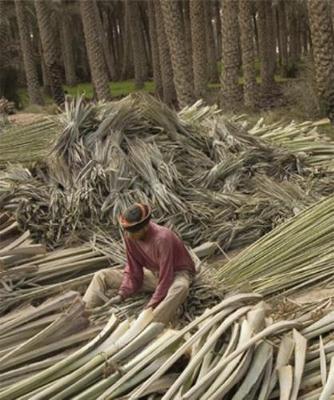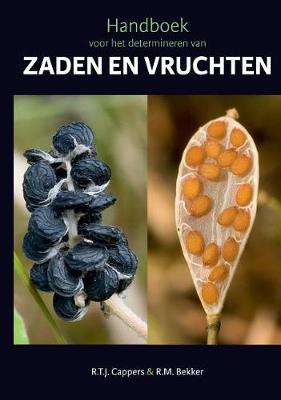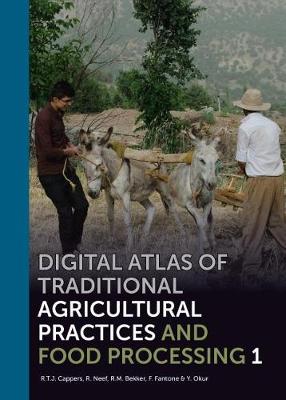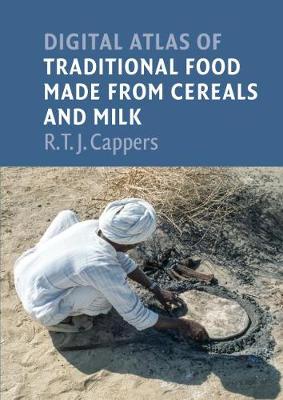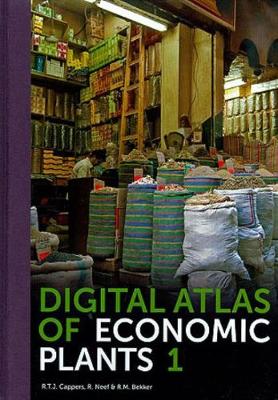Groningen Archaeological Studies
6 primary works • 7 total works
Book 4
Digitale zadenatlas van Nederland / Digital Seed Atlas of the Netherlands
by R. T. J. Cappers, R. M. Bekker, and J. E. A. Jans
Book 17
Digital Atlas of Economic Plants in Archaeology
by R. Neef, R. T. J. Cappers, and R. M. Bekker
Book 19
Book 22
Handboek voor het determineren van zaden en vruchten
by R. T. J. Cappers and R. M. Bekker
Book 30
Digital Atlas of Traditional Agricultural Practices and Food Processing
by R. T. J. Cappers, R. Neef, R. M. Bekker, F. Fantone, and Y. Okur
Book 33
Digital atlas of traditional food made from cereals and milk
by R. T. J. Cappers
The author has sampled traditional foods throughout south-west Asia, sometimes in large cities but more often in small villages or even remote farmhouses. His research shows that traditions can persist over a long period, but the rarity of some of the items he was able to collect also indicates that these foods represent an endangered mirror of our remote past.
In the first part of the atlas, the author explores the basic principles of the processes applied to cereals and milk. What kinds of traditional foods can be considered representative of an ancient and unique traditional cuisine? Which technologies are necessary for their production? And how might these foods have been made on a large scale and with efficient use of fuel? How were they preserved for long periods?
The atlas portion of the book presents well over 200 samples of traditional foods. Each sample includes a description with high-quality photographs.


